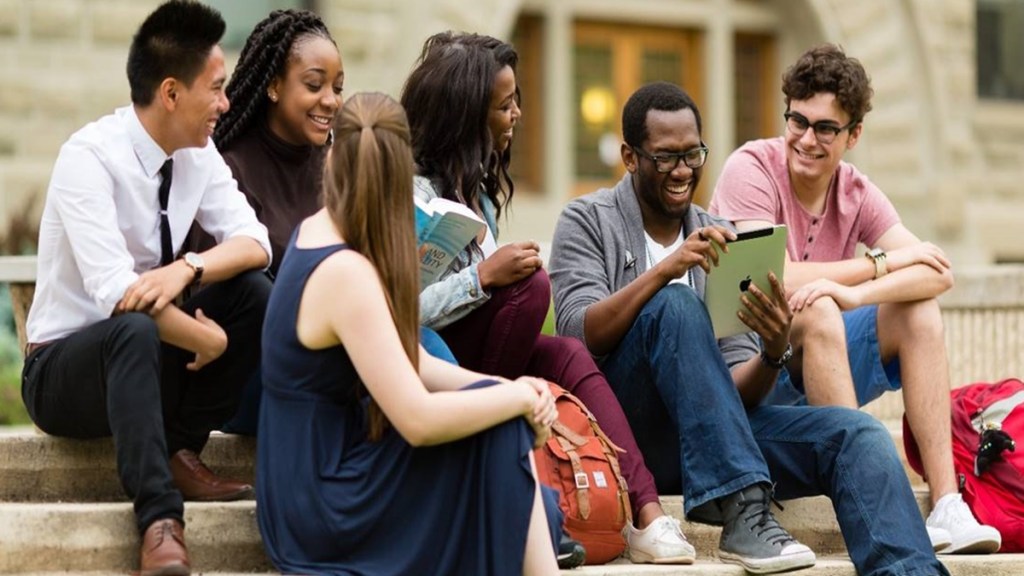America is home to over one million international students who have chosen to enroll in a US college or university. No wonder, the USA has the greatest population of international students pursuing their educational and career dreams. Any foreign student who wishes to pursue their studies in the United States must apply for and be granted a student visa. Whether you need a F visa or a M visa depends on your course of study and the kind of school you intend to attend.
You can enter the country as a full-time student with the F-1 Visa (Academic Student) if you’re enrolled in a language training program or an accredited college, university, seminary, conservatory, academic high school, or other academic institution. The M-1 visa (Vocational Student) category includes students in vocational or other nonacademic programs, other than language training.
F-1 students are not permitted to work off-campus during their first academic year, but they are permitted to accept jobs on campus with certain limitations. Following their first year of study, F-1 students are eligible to work off-campus in three different capacities:
- Curricular Practical Training (CPT)
- Optional Practical Training (OPT) (pre-completion or post-completion)
- Science, Technology, Engineering, and Mathematics (STEM) Optional Practical Training Extension (OPT)
In certain instances, such as in cases of extreme financial hardship or special student relief, F-1 students may also be permitted to work off-campus. Practical training is only permitted for M-1 students after they have finished their coursework.
Any off-campus training employment for F-1 and M-1 students must be relevant to their field of study and approved by USCIS and the Designated School Official, who is in charge of maintaining the Student and Exchange Visitor Information System (SEVIS), before any work is done.
Under Curricular Practical Training (CPT), the training relates directly to the student’s major area of study. Authorization is for one specific employer and for a specific period of time.
Optional Practical Training (OPT) allows the student to work for any employer, as long as the training relates to the student’s major course of study. OPT has to be authorized by the U.S. Citizenship and Immigration Service (USCIS), and the student is issued an Employment Authorization Document (EAD).
Certain F-1 students who graduate with degrees in science, technology, engineering, or mathematics (STEM) may apply for a 24-month extension of their post-completion optional practical training (OPT).

